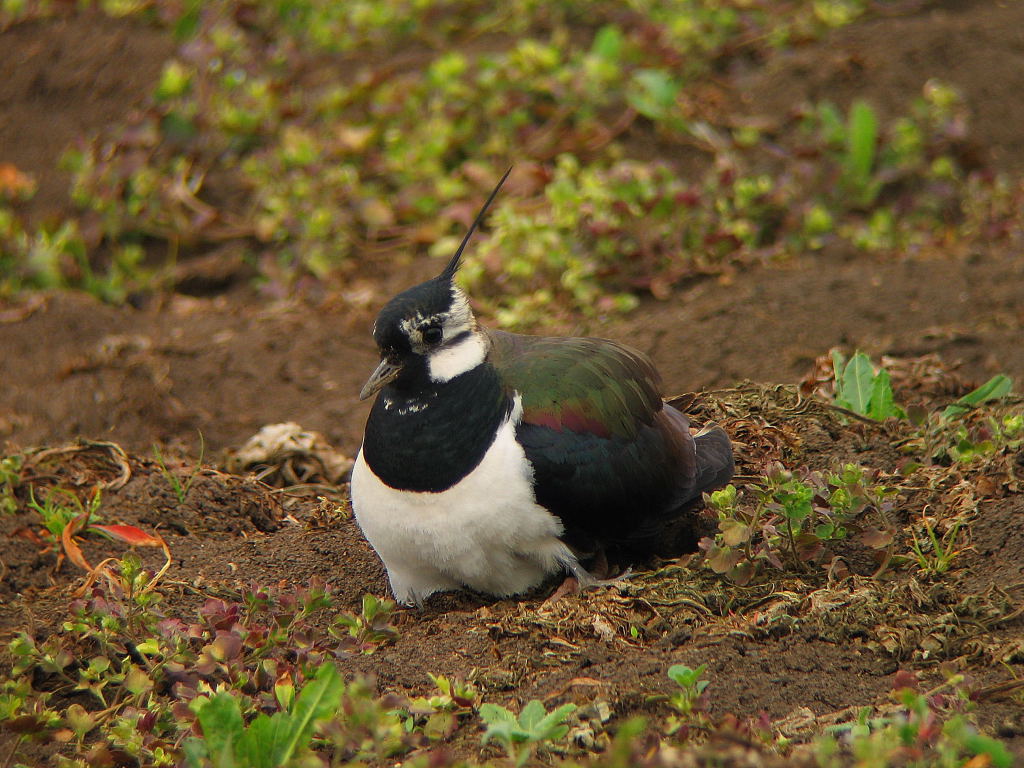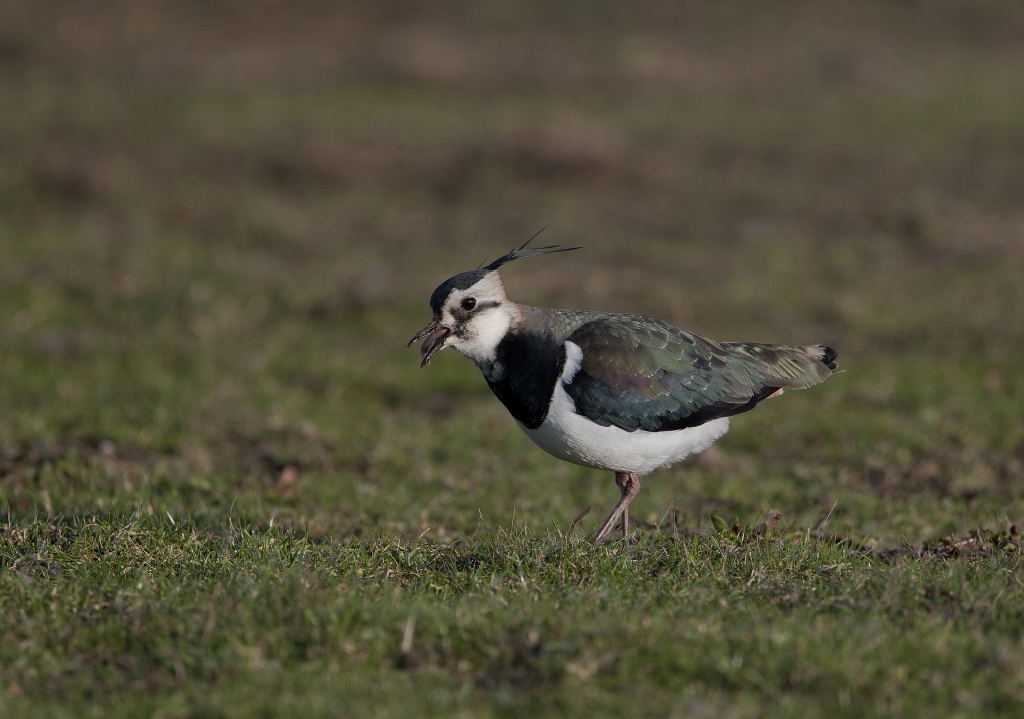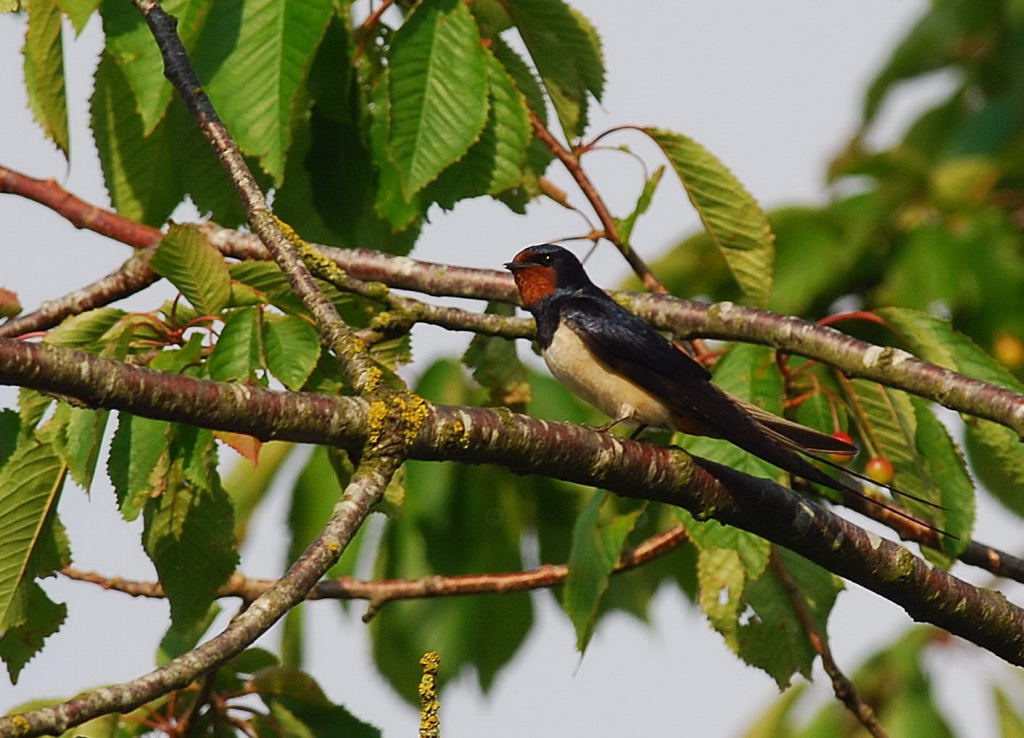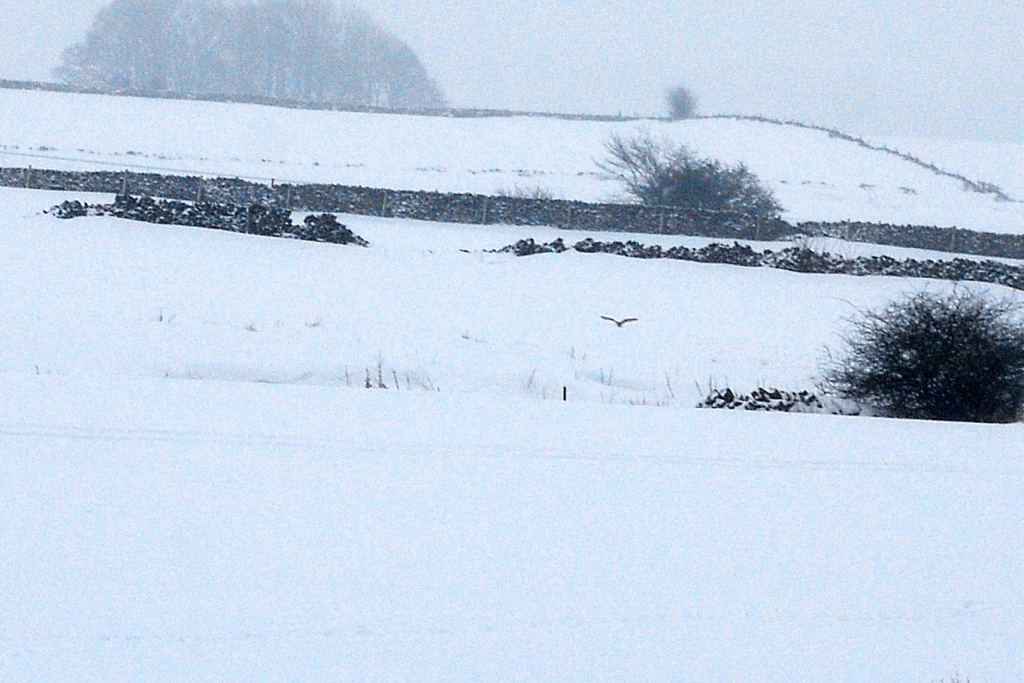A walk up to Magpie Mine last weekend produced a bit more spring activity. It was good to see more swallows, a nice male wheatear and several skylarks singing. I have been away in North Wales all this week, where I encountered quite a few migrant birds including some that I have not seen around this way yet this year; they included blackcap, redstart, whitethroat, and lesser whitethroat. Other species seen included a splendid short-eared owl hunting and curlew.
Today at least one pair of lapwing was present in the arable field along Dirtlow Road next to the turn off to Ashford. There were several pairs present last year I noticed, although I do not know if they bred successfully. This species has seriously declined in the Peak District as it has done in many parts of the UK in recent years. Habitat loss and fragmentation, changes in farming practice and land drainage are said to be at the root of these declines. A friend of mine Tara Challoner, who manages the Peak District Wader Recovery Project is working hard with farmers to manage land to encourage lapwings and other declining wader species such as curlew and snipe.
Interestingly, I was talking to John in the village last weekend and he reported that he had seen a white hare running across a field at the bottom of the village. It was around about the time of the end of the last lot of snow. I wonder if this was actually a mountain hare, which are found on high ground in the Peak District (usually on moorland), or could it have been an albino or leucistic brown hare?




